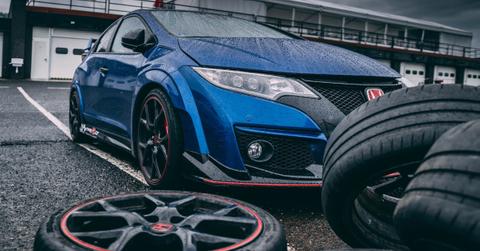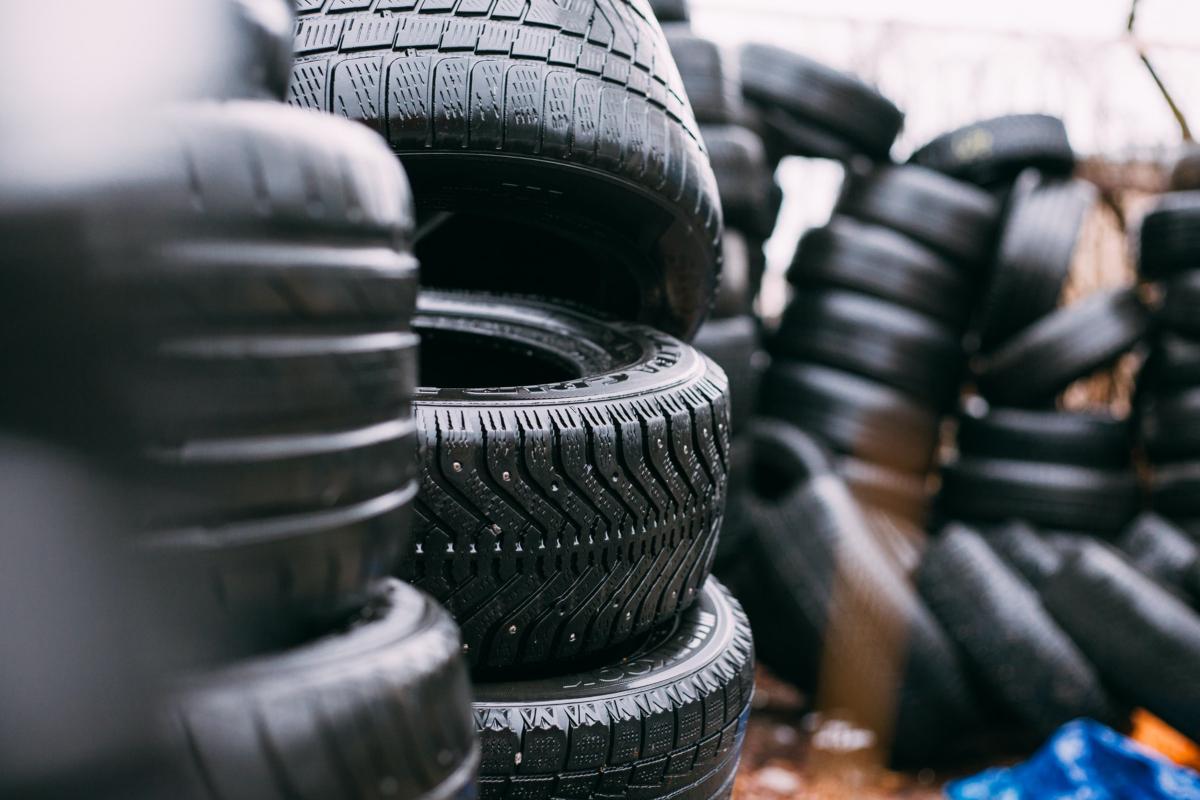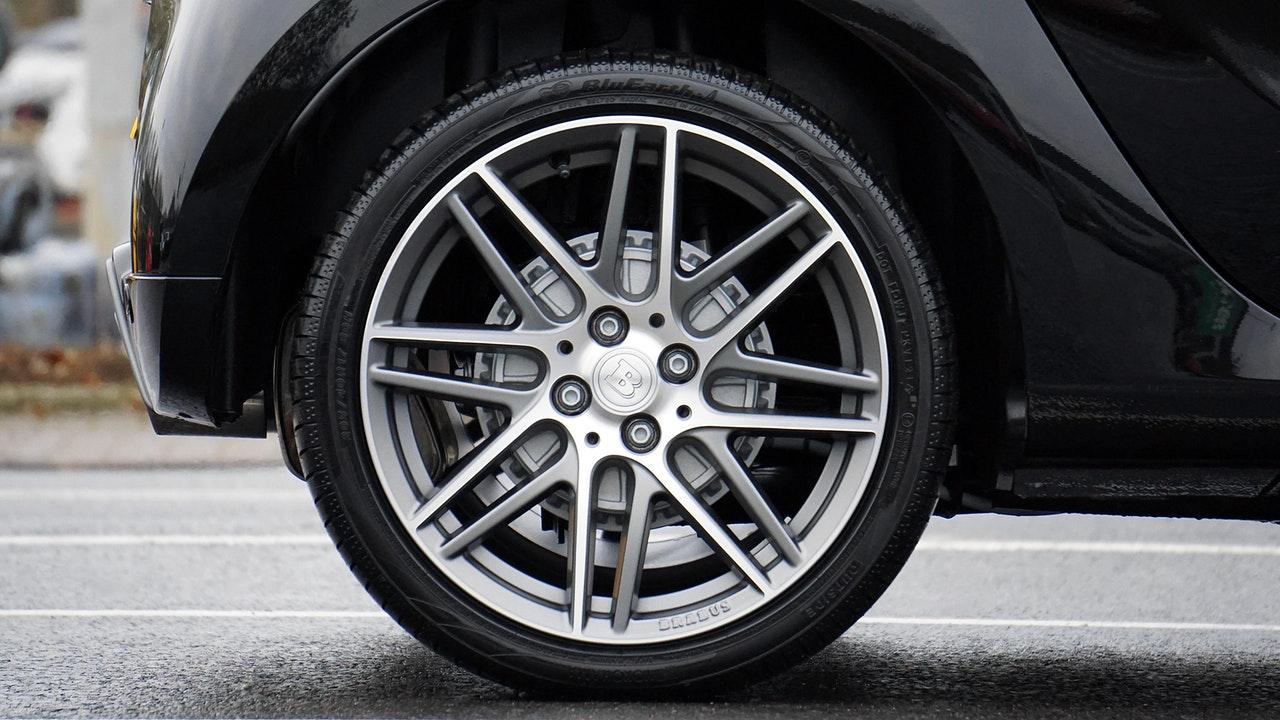Is There a Rubber and Tire Shortage? Here's What Top Companies Think
Many consumers are worried about a rubber shortage, and by its extension tires. Is there going to be a shortage?
Oct. 19 2021, Published 8:17 a.m. ET
Right now, we're living in a world of shortages. From semiconductors to diapers, plenty of products are in short supply. Many consumers are worried about whether there will be a shortage of rubber, and by its extension tires. Is there really going to be a shortage of rubber and tires? Here’s what some of the world’s leading tire companies have to say.
First, we should understand that there's a similar story going around about shortages of most goods. While demand has rebounded, supply hasn’t kept pace. The global supply chain and logistics issues have only made matters worse. Finally, the crippling driver shortage to transport the goods inland has amplified the shortage situation.
Is there a rubber shortage?
In July, speaking with CNBC, Ohio State University professor Katrina Cornish said, “We could be on the cusp of a rubber apocalypse.” She was referring to natural rubber. The demand for rubber has spiked amid strong demand from China, which is the largest rubber consumer. Demand growth has picked up in other parts of the world too.
Meanwhile, Southeast Asia is the biggest rubber-producing region. Thailand is the biggest rubber producer followed by Indonesia and Vietnam. Rubber production in Thailand has been hit by a shortage of migrant workers as well as the spread of coronavirus in the country.
Diseases in trees have also taken a toll on production. Rubber production in Thailand fell 2 percent in 2020. However, the country’s Rubber Association expects rubber production to rise to close to 2019 levels in 2021.
IRSG expects demand to rebound
The IRSG (International Rubber Study Group) projects that global rubber demand would rise 7.4 percent in 2021 after falling 6 percent in 2020. The global rubber demand is satiated by both natural rubber and synthetic rubber. In fact, over half of the rubber demand globally is fulfilled by synthetic rubber.
The IRSG estimates global natural rubber production to rise 6.5 percent in 2021 but expects the growth rate to fall to 3.5 percent in 2022. It cited lower plantations amid the COVID-19 pandemic for the lower long-term production forecast.
How Goodyear is tackling the rubber shortage
The shortage of natural rubber featured prominently in the earnings calls of tire manufacturers. Goodyear, which is the largest U.S.-based tire manufacturer, sought to allay the fears citing the “reasonable amount of substitution flexibility” between natural rubber and synthetic rubber.
During the earnings call for the second quarter of 2021, Darren Wells, Goodyear’s CFO, also said that the company hasn’t faced “significant availability issues” with either natural rubber or synthetic rubber. He said that in the past, the company has shifted between natural and synthetic rubber. However, he also said that there isn't much price differential between the two variants currently.
Bridgestone, the world’s largest tire company, also sounded optimistic on the outlook. However, the company said that it has an “advantage” in procuring supplies considering its massive volumes.
At least in 2021, the rubber and tire shortage is more a function of supply chain and logistics issues than a demand-supply imbalance. Kal Tires, which is Canada’s largest independent tire retailer, echoed similar views and blamed the tire shortage on supply chain woes.
Thanks to the container shortages and clogged ports, shipping the products from factories to consumers has been a challenge for most industries, including the tire industry.



